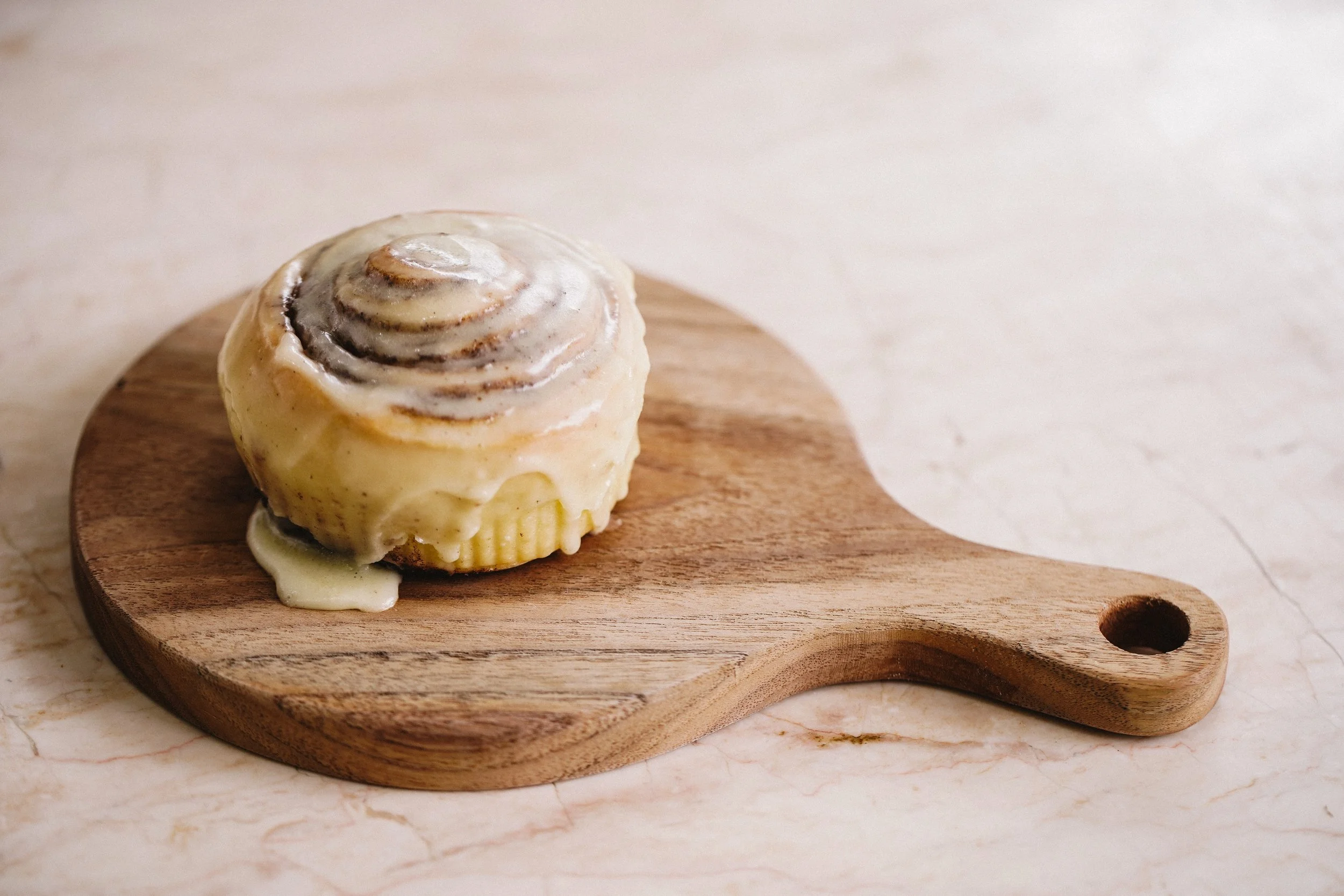Cyber Monday, Countdown Timers, and the Neuroscience of Consumer Decision-Making
Photo by Icons8 Team, Unsplash
Home is the warm embrace you come to accept wholeheartedly, making the “home sweet home” phrase oh-so-true. Often, you may find yourself creating internal debates about whether running to the store is more critical than reclining in your La-Z-Boy and watching Netflix. Time after time, your home’s comfort makes a compelling argument regarding you stepping out the door.
Cyber Monday is the one time of year where the biggest online deals come to you. The web becomes the playing field for brands to show their best skills at eating a slice of your attention pie.
The art of a good deal is the game most brands play on this day, but the gameplan of accumulating the most clickable purchases varies for each. Mastering this game of seduction is vital for maximizing sales during the Cyber Monday frenzy. To understand the two mechanisms behind how you fall for them, let’s dive into the neuroscience of decision-making.
The Neuroscience of Decision-Making
To begin, picture this scenario. (Full disclosure: It might make you hungry. Unless you’re vegan...)
You decide to have chicken parmesan for dinner. You grab the frozen, packaged meal and read the instructions on the back. It gives you two options to warm up your food: microwave or oven.
As you already know, the microwave serves the function of warming up your food as quickly as possible. It takes less preparation time, and requires little effort. In a matter of minutes, your frozen chicken parm is ready to eat. Then, bon appétit.
The oven, on the other hand, requires more time, thought, and tinkering. Say you have your way of preparing your meal—like extra cheese on top. You take the packaged meal, transfer it into a pan, and add copious amounts of cheese. You leave it to bake at 325-degrees Fahrenheit. You’re hungry, excited, but particular so you check if the chicken is cooked all the way through to your liking, once or twice. After about an hour, the aroma fills the air. The chicken is glistening. The sauce is oozing. And the cheese is crisp and slightly burnt to your level of perfection.
In a sense, these two ways of preparation are allusive to your different modes of decision-making. The microwave represents the first, automatic mode. It’s quick, intuitive, and requires the least minimal thought. Automatic in a sense that all there is to do is set a timer, and you’re done. The oven represents the second, manual mode—much slower given its more controlled, careful, effort-demanding nature. With anything oven-baked, you have to preheat the oven, make sure you've got the right temperature set, right pan, and even baking paper.
Decision-making perpetually swings from one mode to the other, depending on many factors like your mood, energy, and time available, for example. This is similar to how you may prefer microwaved chicken parm because you don’t want to miss the awaited game on TV or oven-baked if you’ve got more time on your hands or want to wind down by slowly, patiently cooking food.
In the context of Cyber Monday, let's focus on the microwave approach, and how one specific neuromarketing tactic is baked in (pun intended) so effectively in e-commerce.
How Countdown Timers Influence Buying Behavior and Consumer Behavior
Nothing screams “BUY NOW!” than the best, cheap, and limited deals you can only get within 24 hours. With Christmas right around the corner during Cyber Monday, consumers take on the challenge of weighing their options. You ask yourself, “Should I wait for Christmas or buy this now?” And there’s never been a more ubiquitous question like that. And it’s amazing how much buying people can do within 24 hours.
In 2019, Cyber Monday raked in $9 billion in sales. “During the peak hour of shopping between 11:00 p.m. ET and midnight, consumers spent $11 million on average every minute” states Adobe Analytics. This alone puts into perspective how brands cultivate tactics to generate tremendous results. To some extent, it comes down to understanding the nuances of consumer behavior and strategically understanding the microwave-oven decision game.
(Just a testament to how colossal 24-hour day long-awaited sales events are: $9 billion is peanuts in comparison to the record-breaking sales performance of Alibaba—the equivalent of Amazon in China—which hit $56 billion in one day during Single’s Day, their very own Cyber Monday).
This makes incentives such as distinct sale banners, big and irresistible discounts, and crafty low stock availability labels effective calls to action for consumers shopping with the “microwave-mindset”.
One particularly convincing indicator that you’re playing a role in the matrix of the Cyber Monday playground is through countdown timers, which are either plastered on top of the webpage, prompted when you’re about to checkout, and omnipresent for expiring and low-stock deals. Real or not, you feel a slight rush at the sight of the clock ticking. Because of a timer’s ticking and passing nature, the brain can’t easily dismiss this bit of information as unimportant. It must act, one way or the other (coincidentally enough, both microwaves and ovens have a timer!).
People have a natural propensity to act on urgency, and they are also not the biggest fans of FOMO. As described in the previous scenario, hunger isn’t time’s friend. The same applies when it comes to Cyber Monday deals; time is of the essence. Deals are limited, so the first to claim them in a timely fashion can reap all the benefits.
As shown below, Dr. Martens promotes its deals in two major ways: the countdown clock and “loud” discounts. The microwave mode in you looks at the timer and thinks “Ooooh, 30-60% off? I gotta buy now. Let’s get it.” Instantaneously, your mind shifts gears and focuses on getting all the deals ASAP. Your objective is to quickly claim the deals (while they’re hot, like they’re fresh out of the microwave), rather than analyze and slow-cook your shopping decisions if you were to “bake the deals”.
Source: Google Images
The oven mode in you would take into consideration all kinds of discounts and promos offered, possibly even compare it to other retailers with similar products. Oftentimes, this prolongs the checkout process, but since the pressure of time is flashing like a bright, warning sign, the microwave mode kicks in and you may sweep up the deals before it’s too late.
It’s also worth noting that the nature of the microwave and oven modes of decision-making aren’t binary. It’s not a switch that goes on and off. But rather a wave that’s either soothing, steady, or tidal with emotions and impulses coming at you like a tsunami.
We all live in a consumer society, and whether we like it or not, we are all consumers. Similarly, whether we like it or not, it’s Cyber Day every year and the feasts of deals are inevitable and inescapable.
Knowing a little about the neuromarketing nuances that govern your consumption, it’s up to you to decide: will a microwave dinner satisfy better than an oven-baked treat?



What’s Next?
References
CNBC: Alibaba’s $56 billion Singles Day record overshadowed by 10% stock plunge as China proposes new regulation, Arjun Kharpal
Forbes: Cyber Monday 2019 By The Numbers: A Record $9.4 Billion Haul, Sergei Klebnikov
































Dive into the fascinating intersection of psychology and marketing and how to use psychological biases in marketing strategy.